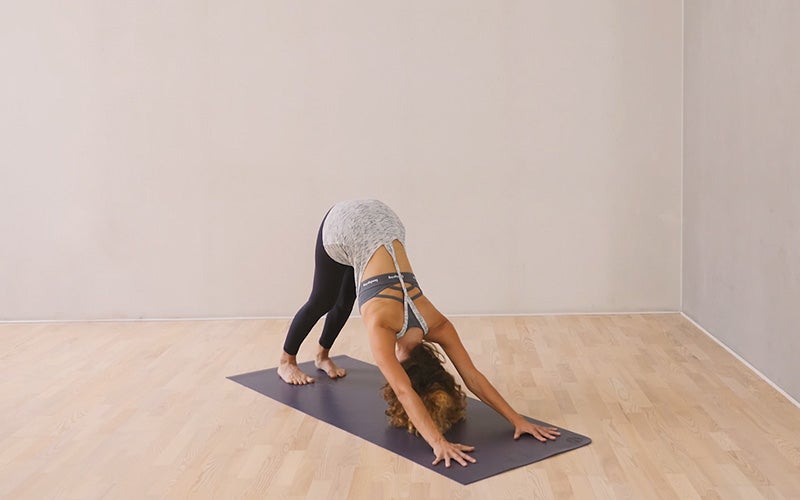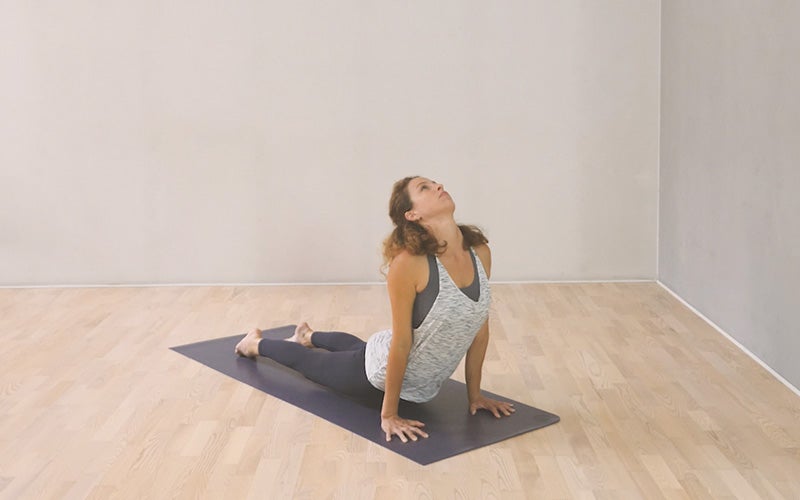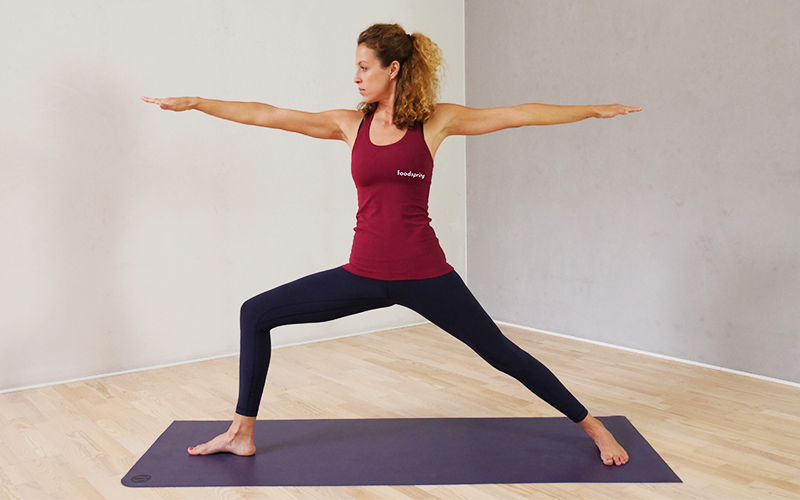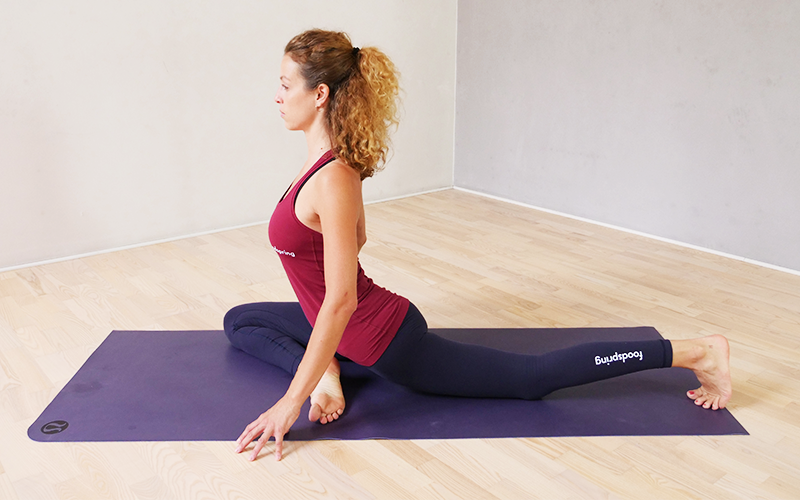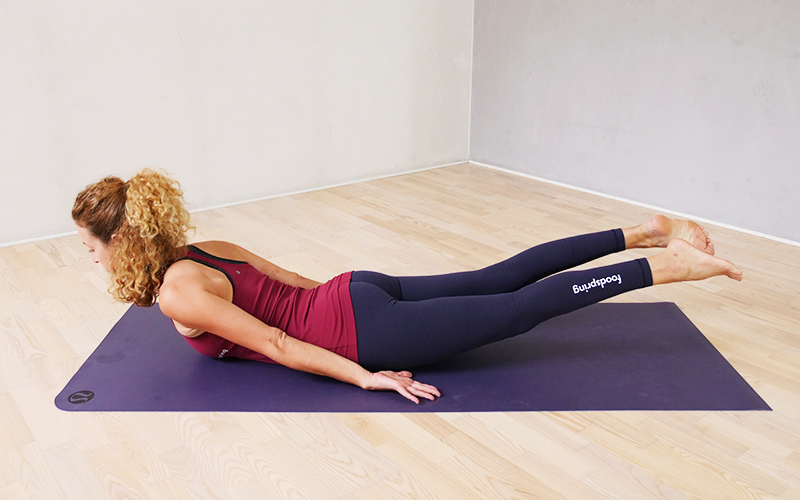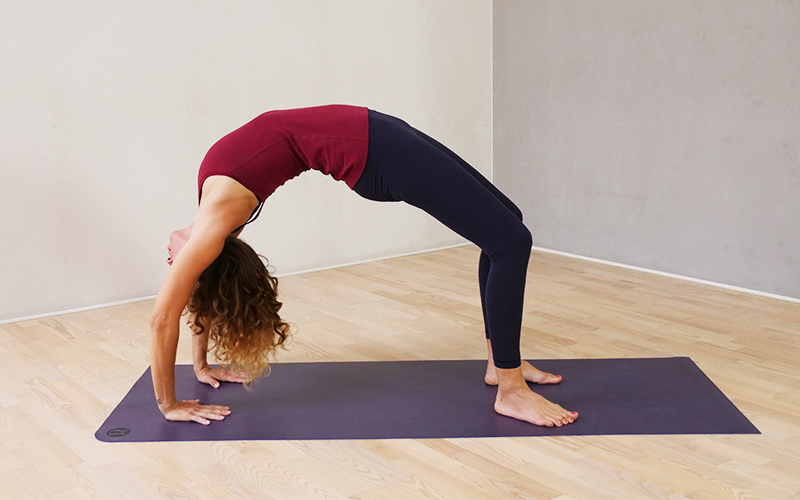9 Yoga Poses for Beginners to bring relaxation to your life
 ©Niki van Velden
©Niki van Velden
Interested in yoga but not sure how to get started? If you’re a newbie, you’ll be relieved to know that many of the most popular movements in yoga also happen to be the best yoga poses for beginners. Knowing them is essential to understanding the basics of this physical practice. Find out more about the beginner yoga poses you need to know below.
The Origin, Importance, and Benefits of Yoga
Yoga is a philosophical teaching and physical practice that originated in India. Recently, it’s become popular throughout the world because of how beneficial it can be to both the body and mind. In addition to strengthening the muscles, balance, mobility, and posture, yoga is a workout for the inner self, and it can be helpful for decompressing after stressful days.
During a yoga class, you’ll regularly hear the term “asana,” a Sanskrit word used to describe the various poses you’ll encounter. Asanas are the individual exercises that make up an entire flow, and the word literally translates to ‘seat,’ ‘posture,’ or ‘connection to the earth.’ In theory, each pose should help you reconnect to the earth. Because of this, a regular yoga practice can do a lot for your health, including strengthening your muscles and providing serenity and balance to your mind.
9 Important Yoga Poses For Beginners to Know
1. Downward dog pose
Downward dog is one of the most common yoga poses and an integral part of almost every yoga class. It’s an asana that allows you to rest briefly while transitioning from one pose to the next. Bringing your hips up and back and stretching your shoulders and backs of your legs are focuses of this pose. Even during sun salutation (the classic warm-up flow), downward facing dog will appear more than once.Find out more about downward dog
2. Upward dog pose
Upward facing dog, or Urdhva Mukha Svanasana in Sanskrit, is another integral pose of a sun salutation, and you’ll encounter it in almost every yoga class. Of course, knowing it isn’t the same as having mastered it, and it’s important to remember that the little mistakes are what may cause injury or prevent your progress.Find out more about upward facing dog
3. Cobra pose
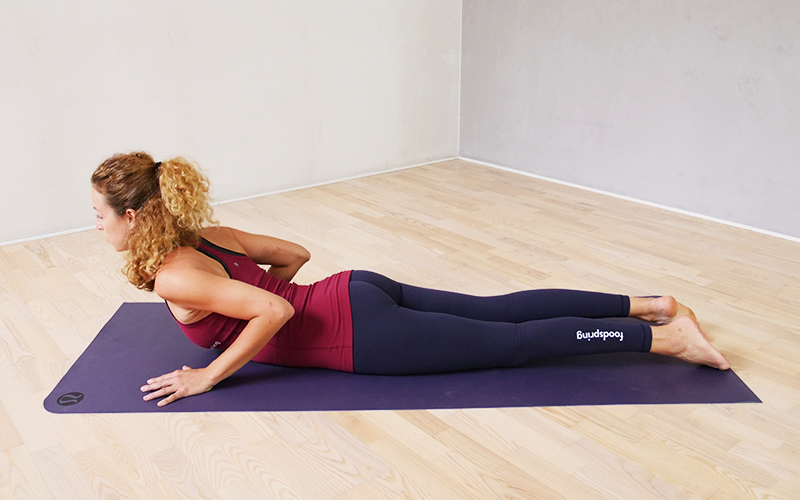
If upward facing dog is too difficult for you in the beginning, cobra pose, or Bhujangasana in Sanskrit, might be a better fit. The movements involved are a lot like the ones required in up dog, in that you start on your belly and with hands planted on the ground and back extended. Unlike in up dog, though, the aim isn’t to lift your hips off of the ground. Instead, it’s on keeping the back extended in order to stimulate the organs in the abdominal area. Once you’ve perfected it, you may find it easier to move onto more advanced poses. You’ll often encounter it in gentler yoga classes like Yin and Hatha yoga. Learn how to do cobra pose right
4. Warrior pose
There are three main warrior poses and all of them begin in a standing position. The goal of each is to strengthen the body while also improving mobility, and staying balanced and focused during each movement. In addition to being physically demanding, the warrior poses can be pretty mentally demanding, too. Concentrating and preserving through the discomfort is key to benefiting from the pose.Find out more about the warrior poses
5. Pigeon pose
Pigeon pose, or Kapotasana in Sanskrit, is a hip-opening exercise. It stretches the muscles that surround the hips and chest, and can help to release overall tension and stress. Find out more about pigeon pose
6. Locust pose
Locust pose, or Shalabhasana in Sanskrit, is an especially powerful asana. It can strengthen your back and be just what you need to be prepared for an upward facing dog, full wheel, or bridge pose.Find out more about locust pose
7. Wheel pose
Wheel pose or bow pose, known as Urdhva Dhanurasana in Sanskrit, is an intensive backbending asana that may take some practice to achieve. This pose keeps your feet hip width apart, hands shoulder width apart and your back fully extended and opened up. Be sure to consult a medical professional before attempting this asana if you have back pain.Find out more about wheel pose
8. Crow pose
Crow pose, or Bakasana in Sanskrit, is an asana that’s all about arm balance. It requires you to balance your body weight on your arms by placing your knees up as close to your armpits as you can so your glutes are at their highest point, and feet together. You need stable shoulders and upper body strength, so make sure you are ready for this pose by either using props or modified versions before diving in.Find out more about crow pose
9. Savasana
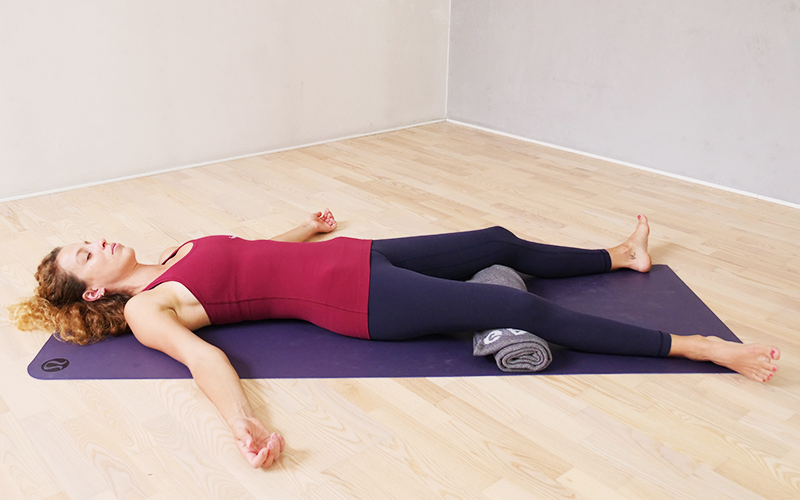
Savasana is a Sanskrit word that translates to “corpse pose” and it’s an opportunity to finally relax from all the hard work of your session. That doesn’t mean you have a free pass to use it as a chance to take a power nap, though. The point of this pose is to clear your mind and quiet your thoughts. Rather than trying to completely get rid of them, it’s important to take note of them without letting them overcome you. Find out more about savasana
What to Watch Out For
The nice thing about this physical activity is that you don’t need anything other than a yoga mat and comfortable clothes to do it. On the other hand, there are many things you need to pay attention to when it comes to the poses. Proper form is essential to preventing injury and ensuring progress. Even small mistakes can have big impacts.
Pay attention to your breath
Having a strong ability to control and focus on your breath will make your yoga experience both more enjoyable and more beneficial. Breathing well can help you relax faster and stay focused on your body rather than your thoughts. Mindfully breathing can help you stay grounded in the present moment, and you’ll find that it allows you to perform each pose more intensely and precisely.
Practice yoga in a supportive environment
Yoga is meant to help strengthen the body and relax the mind. To ensure that this is the case, try to do your yoga practice in a calm and supportive environment. Take some time for yourself. Turn off your electronic devices and move them out of your line of sight. Use this time as an opportunity to meditate as well as exercise. It may feel a little difficult at first, but our article on meditation will help guide you through the process. And whenever you feel overwhelmed, feel free to crouch into a child’s pose.Learn to meditate
Your first yoga flow: the sun salutation
The sun salutation is a dynamic sequence of several yoga poses. Sun salutations are present in almost all dynamic yoga styles. The difference is that each style has its own version of the sequence. Some are quick, others are slow, and all are meant to wake up and activate the major muscle groups while simultaneously calming and grounding the mind. In short, performing a sun salutation is a great way to do something nice for your body and mind right when you wake up, even if you’re just a beginner.
Beginner yoga poses: Our conclusion
- Yoga is a philosophical teaching from India.
- Yoga trains the body and mind.
- Practicing yoga regularly can help relieve stress.
- In yoga, the sequence of poses makes all the difference.
Sources for this article
We at foodspring use only high-quality sources, including peer-reviewed studies, to support the facts within our articles. Read our editorial policy to learn more about how we fact-check and keep our content accurate, reliable, and trustworthy.






























